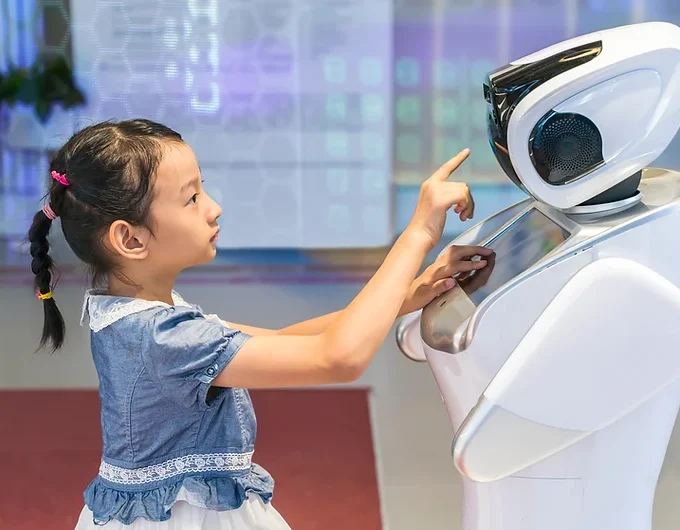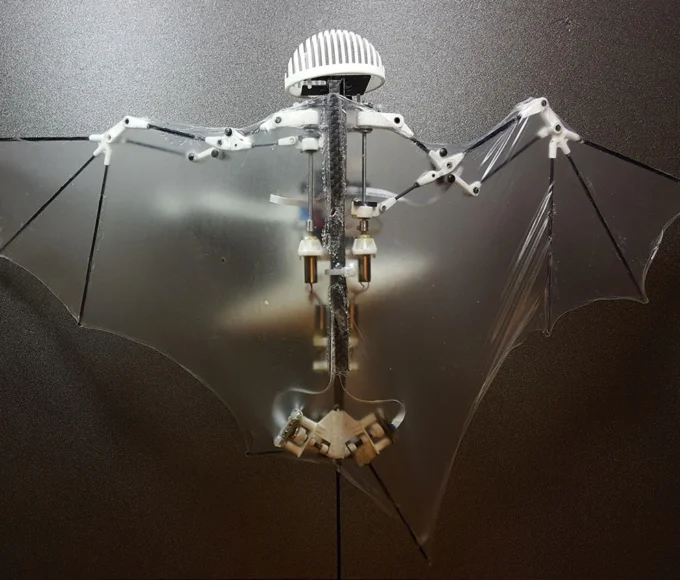Robotics technology has revolutionized the manufacturing industry, making production faster, safer, and more efficient. However, like any technological advancement, it also comes with its own set of challenges. Here are some of the most common problems faced by companies using robotics technologies.
Integration issues
One of the biggest challenges companies face when implementing robotics technologies is integrating them into their existing systems. This often requires a significant overhaul of the existing infrastructure, which can be time-consuming and costly. Companies need to ensure that robots can communicate effectively with other machines, sensors, and software systems.
Maintenance and repair
Robots, like any other machinery, require regular maintenance to ensure optimal performance. When robots break down or require repairs, it can result in costly downtime and delays in production. Companies need to have a team of skilled technicians who can quickly identify and resolve issues with the robots.
Safety concerns
Robotic technology has the potential to cause serious injuries or even fatalities if not handled properly. Companies need to ensure that their robots are designed and programmed to operate safely and that employees are trained in their proper use. Additionally, safety barriers and other safety measures must be put in place to protect workers from harm.
High initial cost
Robots are expensive to purchase and implement, which can be a significant barrier for small and medium-sized companies. While the upfront investment can be daunting, companies must consider the long-term benefits of increased productivity and efficiency.
Need for specialized skills
Using robotics technology often requires specialized skills, such as programming and engineering. Companies may need to invest in training and development programs to ensure that employees have the skills necessary to operate and maintain the robots.
Limited flexibility
Robots are designed for specific tasks, and reprogramming them for different tasks can be challenging and time-consuming. This limits the flexibility of companies to adapt quickly to changing market demands.
In India, the robotics industry is expected to reach a value of USD 20 billion by 2025. Despite the growth potential, there are challenges in the adoption of robotics, with a lack of skilled labor being a major one. The lack of proper regulations and guidelines for safety is also a concern. According to a study, India has a robot density of just 4 units per 10,000 employees, significantly lower than China’s 97 units per 10,000 employees.
To address these challenges, India needs to invest in training and development programs to equip the workforce with the skills necessary to operate and maintain the robots. There is a need for standardization and regulations to ensure safety and reliability. The government can play a significant role in promoting the adoption of robotics technology through policies and incentives.
Moreover, companies should consider collaborating with robotics startups to create customized solutions that fit their needs. This will not only help in addressing the challenges but also create a pool of homegrown robotics technology experts.
With the right investments and regulations, India can unlock the potential of robotics technology, leading to increased efficiency, productivity, and economic growth.
















Leave a comment